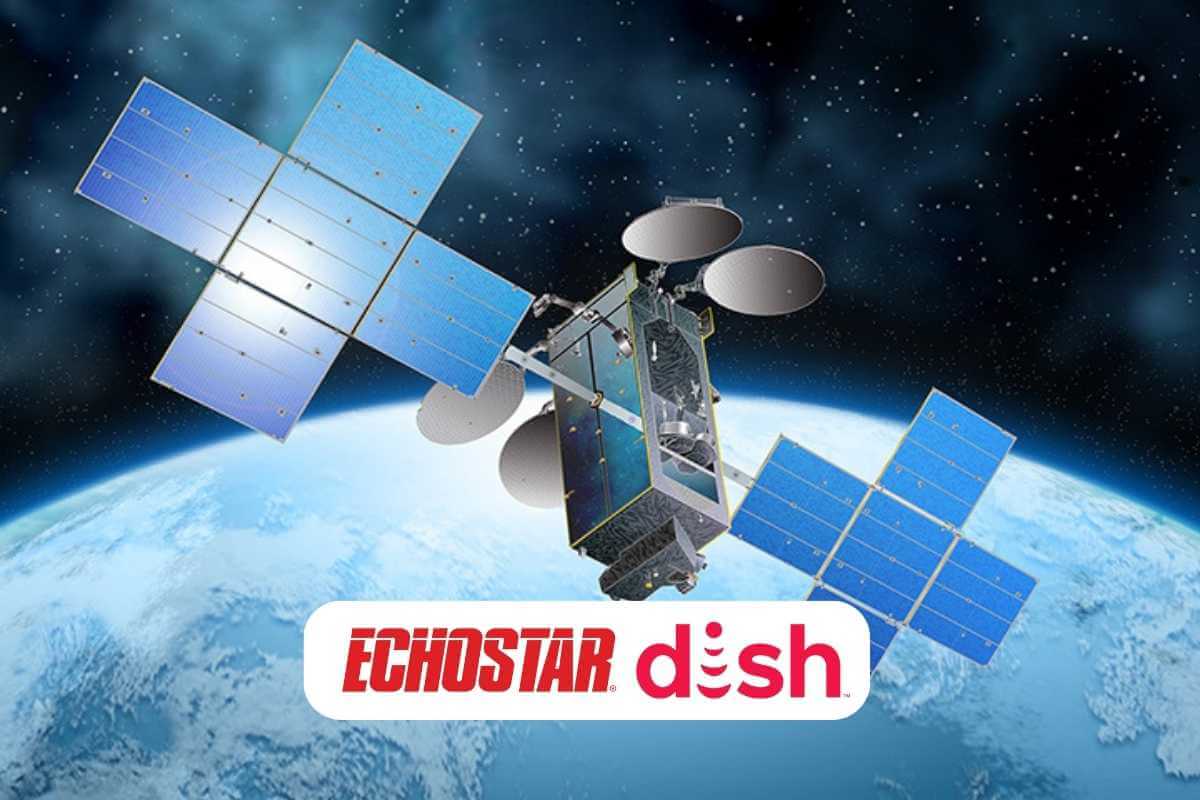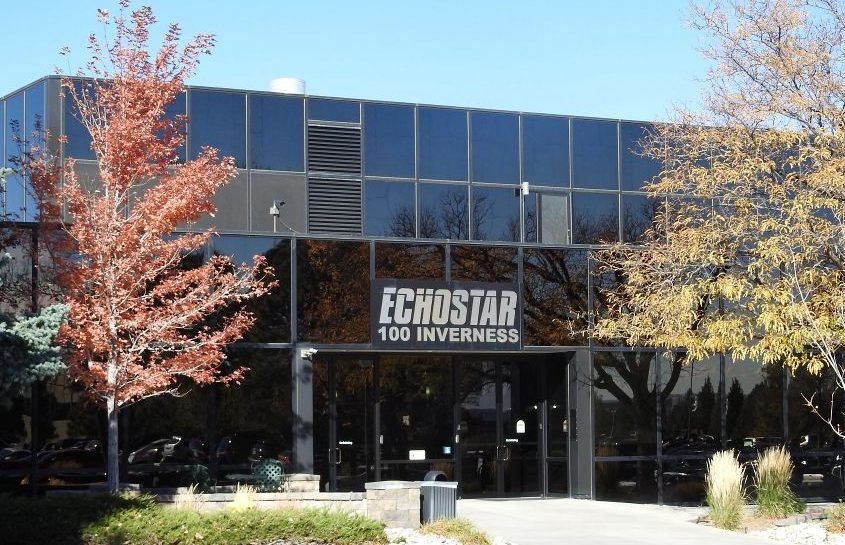
Englewood, CO – January 2, 2024 – In a move that promises to reshape the telecommunications industry, EchoStar Corporation today announced the official completion of its merger with DISH Network Corporation. This monumental deal, finalized on December 31, 2023, creates a powerhouse entity with a combined market capitalization exceeding $15 billion and positions the new company as a formidable competitor in the satellite, streaming, and 5G wireless sectors.
EchoStar Completes Merger with DISH Network
The merger brings together two iconic players in the satellite TV market. EchoStar, known for its DISH satellite services and HughesNet broadband offerings, joins forces with DISH Network, a pioneer in direct-to-home satellite television and a growing player in the 5G space. This union creates a synergy of strengths, combining EchoStar’s extensive satellite infrastructure and expertise with DISH’s cutting-edge 5G network and streaming technology.
“This is a defining moment for the telecommunications industry,” declared Hamid Akhavan, CEO of the newly combined company. “By joining forces, EchoStar and DISH Network are creating a powerhouse capable of delivering an unparalleled range of innovative services to our customers. We have a robust satellite network, a rapidly growing 5G footprint, and a commitment to developing next-generation technologies. This is the dawn of a new era in connectivity.”
The merger holds significant promise for both companies’ customers. DISH subscribers can expect expanded channel offerings, enhanced streaming options, and potentially improved satellite internet speeds as the combined entity integrates its networks. EchoStar customers may benefit from access to DISH’s 5G services and advanced streaming platforms.
Additionally, the merger is expected to have a significant impact on the broader telecommunications landscape. The combined entity will command a larger market share, potentially challenging established players like Comcast and AT&T. This increased competition could lead to lower prices, more innovative services, and ultimately benefit consumers.
Analysts predict that the merger will also spark further consolidation within the industry. With EchoStar and DISH Network setting the precedent, other satellite and cable companies may be incentivized to pursue similar mergers or acquisitions, further reshaping the competitive landscape.
Exchange ratio for EchoStar stockholders
In the EchoStar and DISH Network merger finalized on December 31, 2023, the exchange ratio for EchoStar stockholders was:
- 2.85 shares of DISH Network Class A common stock for each share of EchoStar Corporation Class A, Class C, or Class D common stock.
- 2.85 shares of DISH Network Class B common stock for each share of EchoStar Corporation Class B common stock.
This means that for every EchoStar share they held, stockholders received the equivalent of 2.85 shares of DISH Class A or Class B stock, depending on the class of their EchoStar shares. This exchange ratio represents a premium of 12.9% to EchoStar stockholders compared to the pre-merger share prices.
Here’s a breakdown of the exchange ratio by class:
- EchoStar Class A, C, and D: Each share gets converted to 2.85 shares of DISH Class A.
- EchoStar Class B: Each share gets converted to 2.85 shares of DISH Class B.
It’s important to note that the combined company has different voting rights for its Class A and Class B shares. Class A shares hold one vote per share, while Class B shares hold ten votes per share. However, Class B shares have limited conversion rights and cannot be held by the public, meaning they primarily serve as control shares for certain entities, such as Charles W. Ergen and the Ergen family stockholders.
If you’re an EchoStar stockholder, you should have received information about the merger and the exchange process from your broker or transfer agent. This information will likely include instructions on how to claim your DISH shares.
However, some experts express concerns about the potential anti-competitive effects of the merger. The combined entity’s large market share could give it undue leverage over content providers and potentially stifle innovation. Regulatory bodies will likely scrutinize the merger to ensure it benefits consumers and promotes fair competition.

EchoStar-DISH Network Merger: A Double-Edged Sword for Rural Communities
The recent merger between EchoStar and DISH Network, two major players in satellite television and internet services, promises significant changes for the telecommunications landscape. While potential benefits abound, the impact on rural communities, where both companies hold a strong presence, deserves closer scrutiny. Let’s explore both the potential upsides and downsides:
Potential benefits:
- Improved Access and Pricing: The combined entity now commands a larger market share, potentially increasing its bargaining power with content providers. This could lead to lower programming costs and potentially broader channel offerings for rural customers.
- Enhanced Network Infrastructure: Merging the companies’ satellite networks could offer redundancy and wider coverage, improving reliability and potentially bringing high-speed internet access to more remote areas currently underserved by terrestrial options.
- Technological Advancements: With their combined resources, EchoStar and DISH Network could accelerate innovation in areas like next-generation satellite technology and 5G deployment, ultimately benefiting rural communities that often lag in connectivity advancements.
Potential downsides:
- Reduced Competition: The merger eliminates a major competitor in the rural satellite market, raising concerns about price hikes and reduced service options for consumers. Without competition, the incentive to innovate and offer attractive packages could diminish.
- Job Losses and Service Consolidation: Merging operations may lead to job cuts, impacting local economies in rural areas heavily reliant on these companies. Additionally, service consolidation could mean some local channels or programming disappear, impacting community-specific content.
- Digital Divide Widening: While improved network infrastructure is promising, the cost and complexity of deployment might prioritize densely populated areas first, potentially further widening the digital divide between rural and urban communities.
Uncertainty and the Need for Monitoring:
Predicting the exact impact of the merger on rural communities remains complex. While the potential benefits are enticing, the risks of reduced competition, job losses, and a widening digital divide cannot be ignored. Close monitoring by regulatory bodies and advocacy groups is crucial to ensure the merger delivers on its promises for improved connectivity and affordability in rural areas. Additionally, policymakers should prioritize policies that encourage competition and infrastructure development in underserved regions to prevent the gap between rural and urban communities from widening further.
Conclusion
Despite these concerns, the successful completion of the EchoStar and DISH Network merger marks a significant turning point in the telecommunications industry. The combined entity possesses the resources and expertise to become a true game-changer, offering innovative services, competitive pricing, and potentially improving connectivity for millions of customers across the United States. The coming years will reveal how this new telecommunications giant navigates the challenges and opportunities ahead, but one thing is certain: the landscape has irrevocably changed.
You may read in detail in following
You may also like 2024 Porsche 911 GT3: Emerging Beast





